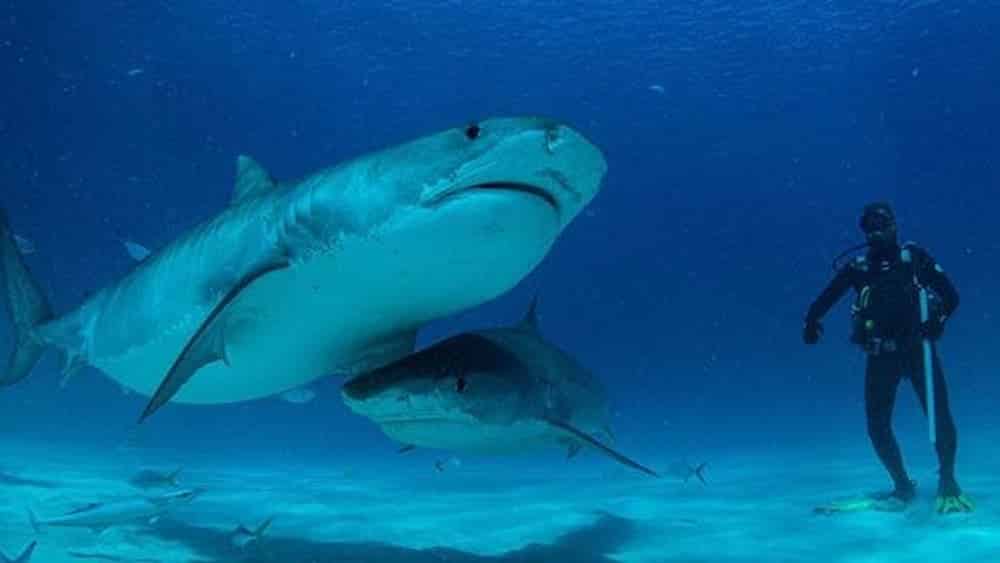Secrets revealed?
Last week, I spent one fascinating hour examining the new military-grade crankshaft tourniquets of Mr Jon Cohen, the emergency department doctor who has made it his business to stem the death rate from Great White shark attacks in Australia.
His new shark bite kits are a work of art.
Rip it open, pour the calico package onto the sand, it unfurls, the instructions are printed on the fabric and out spills the crank-shaft tourniquet, a smaller SWAT version you can keep in your wetsuit, as well as plastic gloves, and various pads for mopping up the expected torrent of blood.
Jon lives in Sydney most of the year but spends a little time each year in the ED of Esperance Hospital in south-west Australia, a town reeling from recent multiple attacks by Great Whites.
Seventeen-year-old surfer Laeticia Brouwer, killed; Sean Pollard, a surfer, left arm and right hand gone; Gary Johnson, hit by a White as soon as he dived into the water to set his anchor, killed.
Jon knows hits by Great Whites in Esperance are a new reality.
“I know some guys who were in the ED that day (Laeticia Brouwer was killed) and it was a traumatic experience to manage. Cases like that are preventable deaths. People can act on the beach if they’re there when it happens. It might be scary to talk about but it’s reassuring to know that there is something you can do and it’s not complicated.”
He doesn’t have, or won’t share, any opinion concerning solutions to a growing population but he does have a solution post-hit. His goal is to have a shark bite kit at all the main beaches, and he runs regular classes on what to do if a White takes a limb.
His kits even include a sticker to put on your car to show you’re packing a tourniquet and the skills to staunch a wound.
Esperance has become such a byword for Great Whites, the Discovery Channel brought a New York-based marine biologist, Dr Craig O’Connell, to the isolated town to film a documentary exploring the peculiarly aggressive nature of Esperance’s Great Whites.
All this went down before the hail of attacks by Great Whites on Australia’s North and Mid-North Coasts, including two fatalities, and a handful of near-misses, all within three months.
The film, called Lair of the Great White, made for Discovery’s Shark Week, investigates “why a population of great whites off the coast of Western Australia is so much more aggressive than others”.
O’Connell and his film crew only used a cage to get to the seabed and back to the boat. After that it was balls to the wall, so to speak.
“Once we were on the sea floor, we had a bunch of scientific tasks that we had to accomplish and a lot of those required us to get outside of the cage. We can use the caves and the crevices as a way to keep a nice ledge to our backs so the sharks can’t come from behind,” he said.
Any secrets revealed?
Only that the joint hosts a Great White nursery.
Reassuring?
(Watch here, although y’gonna need the keys to a TV-sub service.)







